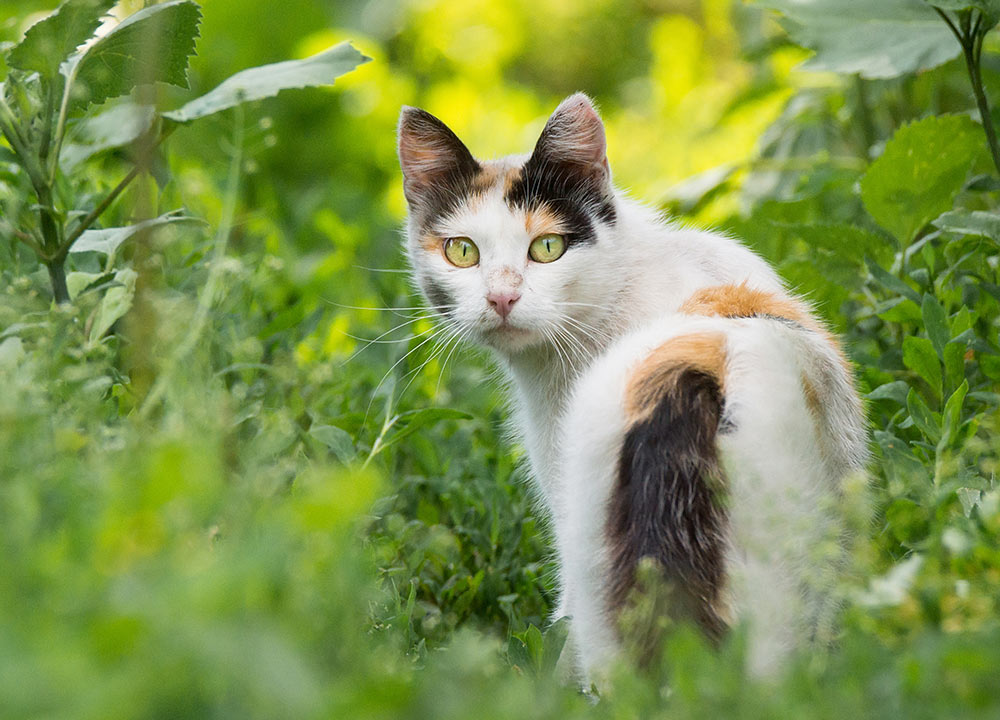Prevention and Key Points
Prevention
In endemic areas, general prevention of sand fly bites is based on the same procedures as for dogs.
It is advised to use topical insecticides currently licensed for cats to protect:
| Individual cats and reduce their risk of developing infection and clinical disease. Feline populations in endemic areas (particularly infected cats) to improve the control of L. infantum infection in the vector. |
The majority of insecticides currently available for cats are not safe or effective in preventing the bites of sand flies.
Collars releasing a combination of flumethrin and imidacloprid are the only pyrethroid formulation product licensed for cats and proven to reduce the incidence of L. infantum infection in a field study.
Testing blood donors (antibody detection and blood PCR) reduces the potential risk for non-vectorial transmission via blood transfusion.

Key Points
| Leishmania infantum is most likely transmitted to cats by sand flies. There is currently no demonstration of nonvectorial transmission in cats as described in dogs, although transmission by blood transfusion may occur. The prevalence of L. infantum infection in cats is commonly lower than that of canine infection in endemic areas, but it is not negligible. Cats seem to be less susceptible than dogs to L. infantum infection. Sub-clinical feline infections are common in areas endemic for CanL, but clinical disease appears to be less common in cats. Skin and mucocutaneous erosive or nodular lesions, lymph node enlargement and hypergammaglobulinemia are the most common clinical and clinicopathological findings, followed by ocular and oral lesions, proteinuria and mild non-regenerative anemia. Infected cats can represent an additional domestic reservoir for L. infantum infection. Diagnosis is based initially on cytological and quantitative serological techniques in cats with clinical signs and/or clinicopathological abnormalities compatible with disease. Rapid tests validated to detect anti-L. infantum antibodies in cats are currently not available. Currently, treatment is empirically based on some drugs used also for dogs. Most pyrethroids are toxic for cats and only collars releasing a combination of flumethrin and imidacloprid are currently licensed and proven as safe for use in the prevention of L. infantum infection in cats. |
